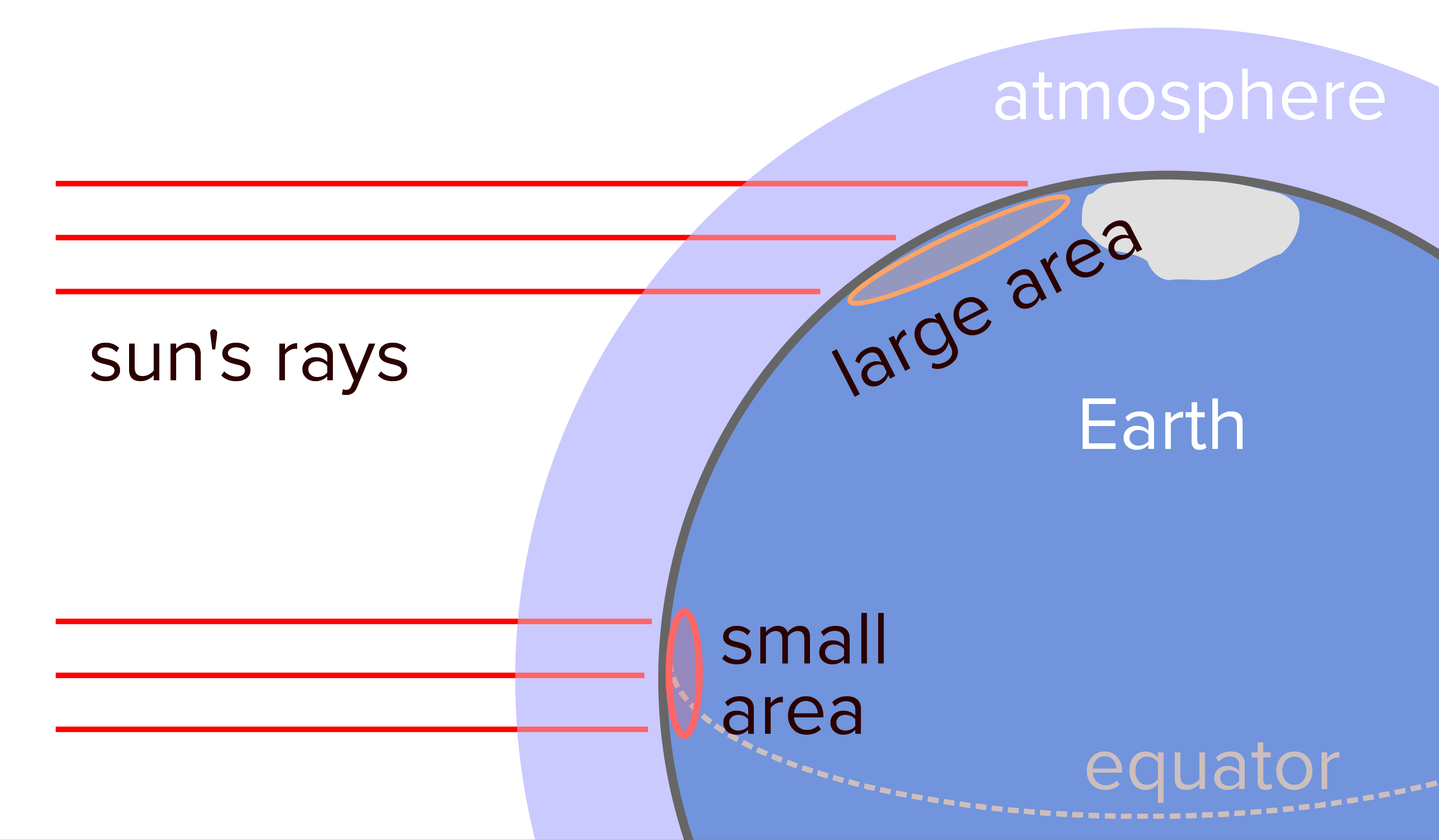Theme 9- Living Things
- Created by: Emilynanji
- Created on: 04-05-17 17:31
What Are Ecosystems?
Ecosystems are a community of plants, animals, and the enviroment they live in.
Living Parts of the Ecosytem:
- Producers (E.G. grass)
- Primary Consumers (E.G. Leaf Eating Insects)
- Secondary Consumers (E.G. Meadow PitPit)
- Tertiary Consumers (E.G. Merlin)
Non-Living Parts of the Ecosystem:
- Sun
- Rainfall
- Nutrients
Living Things interacting with the Physical Enviro
Case Study: Garden Pond/Wetland:
- Birds nest in weed
- Dragon Flies lay eggs in bottom of ponds
- Animals can live, eat and reproduce
- Sun temperatures effect temperatures of the water (deeper the water, the colder the temperature)
- Different Creatures live at different depths
- Sun light allows plants to grow and photosynthesise in shallow water
- Fertilisers from farmers fields leach into ponds
- This increases levels in nitrogen, which is harmful to fish
Physical Environment interacting with the Human En
Case Study: Transition from the Desert to the Rainforest
- 1) The desert is very hot will small amounts of rainfall
- As a result, there is a very small amount of vegetation e.g. Cacti, and very few animals
- 2) The Grassland has regular rainfall and is hot
- This means there is a wide range of animals and wide range of vegetation, including small trees
- 3) The Rainforest is very hot with large amounts of rainfall.
- This results in large forests, and a wide range of animals and insects.
Why Are Biomes Different?
Biomes are different because...
 On the surface of the equator, sun energy is intense. Because there is a small surface area, so it is very hot.
On the surface of the equator, sun energy is intense. Because there is a small surface area, so it is very hot.
In the north pole, the low angles of the sun mean energy is spread over a larger surface area, so it is colder.
What Is A Biome?
Biomes are large ecosystems.
Examples include:
- Tundra
- Rainforest
- Grassland
- Alpine
- Desert
- Boreal Forest
How Does Climate Affect Stores And Flows?
Case Study: The Rainforest:
Nutrient Cycle:
- Few Nutrients are stored in the soil in the rainforest.
- High Temperatures mean trees absorb nutrients quickly for energy to photosynthesise.
- Trees Photosynthesise all year round because of high temperatures.
- Trees have a large biomass.
- Nutrients transfer back to the soil by broken branches and fallen leaves
- High temperatures mean they decompose quickly, transferring nutrients to the soil
- To avoid leaching of nurtrients, the process has evolved quickly
- Nutrients are then quickly reabsorbed by the trees from the soils
- This process continues
How Are Ecosystems Being Damaged?
Case Study: Logging in the Solomon Islands:
People:
- People are paid less than $1 a day to fell trees
- Valuable food, nut and medicine trees are destroyed
- Deforestation means less timber for locals to build homes and canoes
- 90% of timber taken by China is taken by illegal loggers without the land owners permission
Environmental:
- Large Trucks cause soil erosion when transporting logs
- Loose soil and silt washed into rivers, and leads to flooding
- Deforestation means habitats are destroyed and animals go extinct
- Less trees increase the amount of CO2 in the atmosphere
How Are Ecosystems Being Managed?
Case Study 1: Rainforest- Logging in the Solomon Islands
- Local people are employed for logging in order to keep profits in the local area
- Use small, portable tools in order to prevent damaging trees
- Only cut one tree down in every acre of forest
- Replant any trees which have been cut down
- Avoid valuable fruit, nut and medicine trees
Case Study 2: Debt For Nature Swaps
- In Costa Rica, the USA pays Costa Rica's debt, so that Costa Rica can invest more money in the conservation of Rain forests, protecting habitats and tackling climate change
How are Ecosystems Being Managed? (Cont.)
Case Study 3: Ecotourism
- Costa Rica has developed ecotourism - e.g building canopy walkways
- The money made from this is then used to support conservation projects
Case Study 4: Wildlife Corridor in Central America
- Building a continuous ***** of forest between Mexico and Panama allows animals to migrate freely between fragments, and reproduce
Describe Different ways in which people use one na
Name of Ecosystem: The Rainforest
Positivie:
- Medicine trees
- fruit and nut trees
- Wood for building and canoes
- Conservation
Negative:
- Deforestation
- Soil Erosion from logging- Leads to flooding
- Logging- Destroys habitats and valuable trees
Related discussions on The Student Room
- A Christmas carol high level rescoures »
- For those doing iGCSE Edexcel English »
- Gcse dt nea ideas help »
- revision »
- I hate art GCSE »
- My English Essay- Remains vs Exposure »
- year 11 revision »
- Making a home away from home: living in student accommodation »
- GCSE Spanish Speaking exam »
- help!! english lang/lit gcse »
Comments
No comments have yet been made